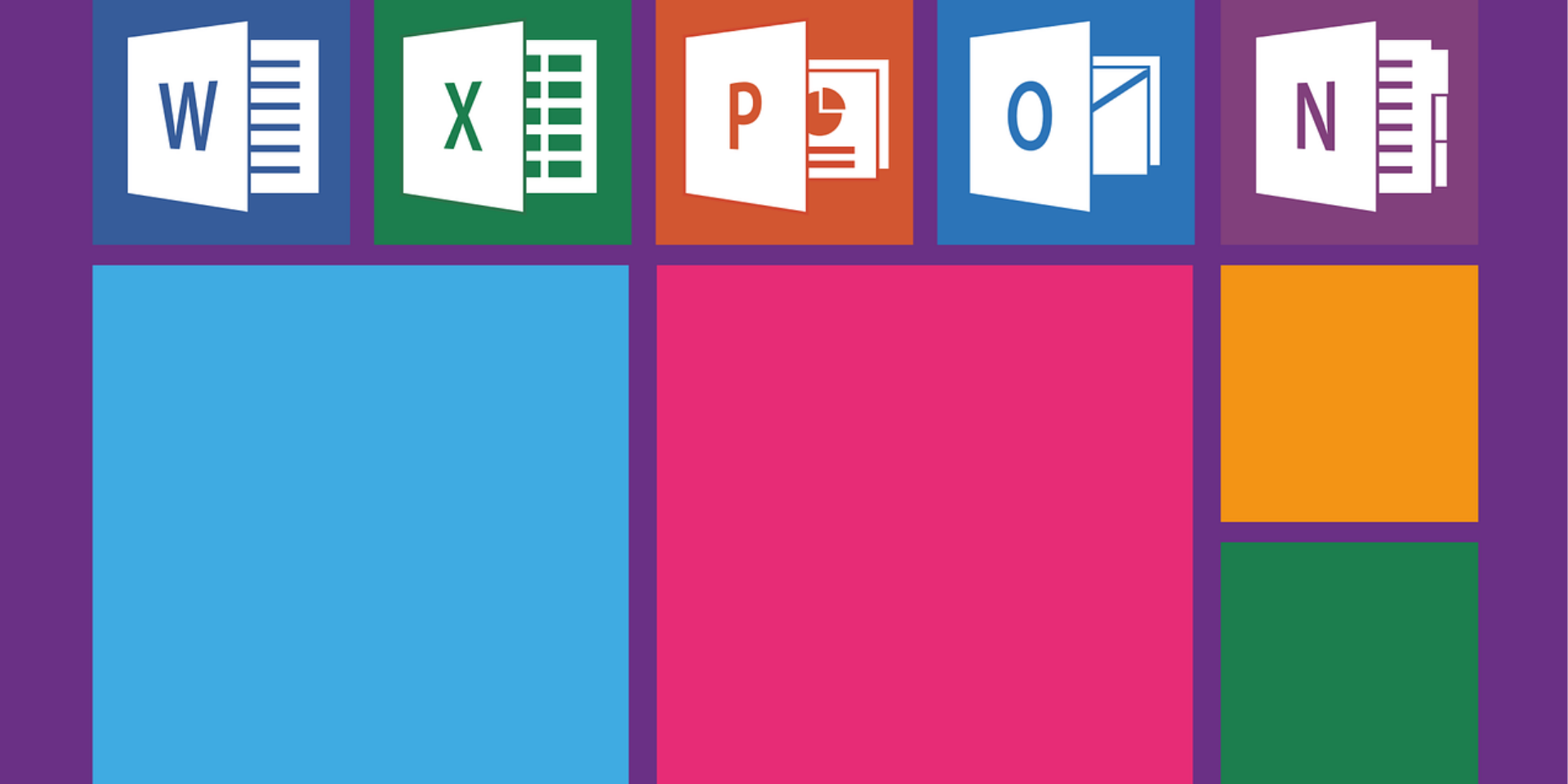It’s the end of an era. Next year, Microsoft will no longer provide support or security updates for PCs running Windows 7. Although this version of Windows is nearly a decade old, it’s still incredibly popular among PC users. A recent report suggested that it’s still in use in 40% of PCs. Therefore, there are many companies and people with an important decision to make—keep Windows 7 and be exposed to security threats, or upgrade to Windows 10. Let’s take a look at how to deal with support ending for Windows 7 and other related services.
Windows 7 Security Updates and Support Ending—What now?
Don’t worry, there are options for users who want to move on from the operating system. The first option is to roll the dice and continue using Windows 7. This is the easiest option. I mean, you’re not going to wake up on Jan. 14, 2020 and find that your Windows 7 PC no longer boots up. But, just because Windows 7 can be used in its “end of life” status, it doesn’t mean that it should.
Microsoft will no longer be issuing patches for new viruses or security issues associated with Windows 7 after Jan. 14, 2020. If you continue to use it, you’ll be left vulnerable to any emerging threats. And with the prevalence of Windows 7 users (remember that 40% referenced above), malicious users are likely to unleash viruses at this popular operating system.
So, while Windows 7 will continue to work after Jan. 14, 2020, you should start planning to make a change, whether that’s to Windows 10 or an alternative operating system, as soon as possible. Large companies will be able to purchase security patches, but they will be at ever-increasing prices. There will inevitably be many procrastinators that choose this expensive path in the big-business world. It is clear that the wisest course of action is to upgrade to Windows 10—here’s how to do it.
How to Upgrade to Windows 10
Enterprises looking for a CSP typically have 3 service criteria for comparison: Storage (IaaS), Compute (PaaS) and Management Tools (IaaS, PaaS and SaaS combined). We will break these down by section to help you determine the ideal levels for your organization. As each organization has different demands and requirements, we will ignore cost and simply look at these three factors. Once you’ve determined your requirements, use the CSP price calculator to cross reference cost differences: AWS, Azure, GCP. For a personalized strategy assessment, contact Pointivity Managed Services today.
Do you have a Windows 7,8, or 8.1 Pro license on your device? If you do, good news: you are eligible for Microsoft 365 Business, which allows users to upgrade old Windows Pro licensed devices for no extra cost. If you do not have a device with one of the above-stated licenses, purchase Microsoft 365 Business in order to upgrade.
Keep in mind support is also ending for Windows Embedded 7. However, depending on which Windows Embedded product you own, the end-date may differ. Check out the complete product lifecycle page.
What Other Support is Ending Soon?
January 14, 2020 marks another important date. On this day, support and regular security updates will end for Windows Server 2008 and 2008 R2. This means it is crucial to migrate your 2008 server applications to Azure. Why should you upgrade to Azure now? Free security updates are offered throughout and up to 3 years after the migration. Azure will re-host Server 2008 and 2008 R2 workloads. Also, with an existing license, you can save up to 80 percent on Azure Virtual Machines.
Another service losing support is SQL Server 2008 and 2008 R2. This support and the regular security updates will end earlier, on July 9, 2019. It is vital to keep your infrastructure and applications protected, so a migration is highly recommended. Azure manages server applications and brings benefits including accelerated innovation, improved cost savings, and superior security.
Internet Explorer follows an identical support life cycle to Windows 7. Thus, it will also be discontinued on January 14, 2020. This alteration does not affect Internet Explorer on Windows 10 devices.
How to Overcome an End of Support Services
Now is a better time than ever to upgrade to Windows 10, Office 365, and Azure. Due to a potential lack of updated scientific applications, various companies with sophisticated and specifically designed software will not be able to upgrade. This does not have to be the case for you. If you are one of the 40% of PC users with Windows 7 installed, check to see if you have a Windows 7,8, or 8.1 Pro license on your device.
If you do, take advantage of a free Windows 10 upgrade. If not, we highly recommend that you invest in Microsoft Office 365 in order to effectively protect your information and system from threatening viruses. The same principles apply to the ending of Windows Server 2008, SQL, and Internet Explorer support. Have questions on upgrading or migrating to Azure? Don’t hesitate to contact us.








